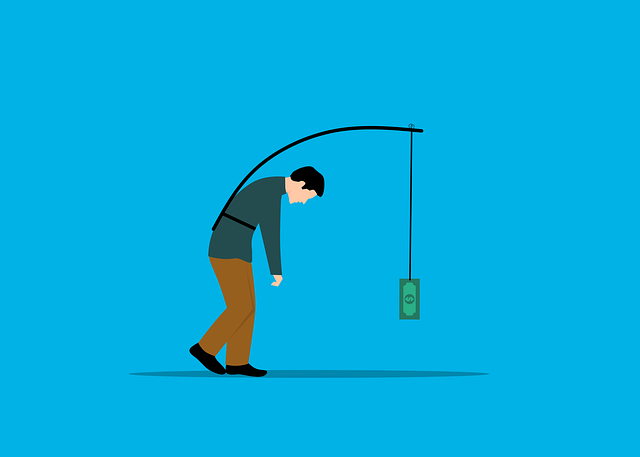Debt-Free Living : Six Ways to Make Sure You Don’t Go Back Into the Red
Working your way out of debt and personal financial crisis is probably the toughest and most difficult times of your life. It is good if you have managed to keep a good credit score or rating but when credit worthiness has been compromised, the “rehabilitation” or recovery period is way longer. The process of attaining financial wellness and a debt-free living does not end after eliminating debt because everyone could still fall back into the trap. Implementing the following measures should at least guide you to follow the right track.
1. Get Rid of Credit Cards
If you would try to analyze why you have fallen into debt, one of the major reasons if not the sole one is the excessive and compulsive use of credit cards. Credit cards are not totally bad, they have been introduced to fulfill certain financial and purchasing needs when necessary. They only bring negative effects when the manner of usage becomes compulsive and excessive. Hence, eliminating the cause of the financial problem (credit cards) is one big step towards reaching the debt-free living goal. When credit cards are strict necessities, ensure that you know the proper way to use them and pay the balance on time.
2. Live on a Cash Basis
Relative to the goal of eliminating credit cards, you should already start spending on a cash basis after settling all of your debts. Some people say that carrying cash is unpractical, but it can be easier to manage. And those who have said so and relied on their credit line are also now suffering from their own financial mishaps. Carrying cash for small purchases is recommended, for larger buys or deals, debit cards will do.
3. Spend Within Your Means
Another very good measure or spending attitude that should be learned is to keep regular and special expenses within your means. Compulsive buying is a no-no. You should always exercise utmost tolerance when confronted by a deep desire to buy an expensive or unnecessary item. Limit yourself to your budget; if you want to spend more, you have to augment your earnings first. Learning this attitude is perhaps, the hardest challenge among all.
4. Save for Emergencies and Extra Spending
Emergencies or any other contingencies often involve money and would require an individual to apply for loan, cash advances, or simply just to borrow from someone. All these solutions are means of adding up debt. But there’s one healthy alternative; save portion of your monthly earnings to keep you ready for any future cash-requiring contingencies.
5. Read Between the Lines and Avoid Credit Offers
Sales and marketing offers and promos are not always beneficial. Most often than not, they may only result to unnecessary spending of your hard earned cash or at times, create or augment your debt. There can also be offers that may seem too good to be true. Hence, reading the contract’s fine print citing hidden fees and obligations is a must.
6. Be Practical
Practical thinking can be manifested in several ways; you should be able to draw a clear line between the items that you want, and the purchases that you really need; you shouldn’t be ashamed on using even a $0.50 discount coupon on groceries if that would be an opportunity for you to save, you should also accommodate cheaper brands of products if they are capable of delivering the same benefits; etc.
It’s not just individuals who get into debt, businesses of all sizes can too. If you are having trouble raising funds towards your new business venture, take a look at a small business advice site such as Smarta.com. They will be able to offer advice on anything ranging from creating the right business plans to choosing the right software for your company.



